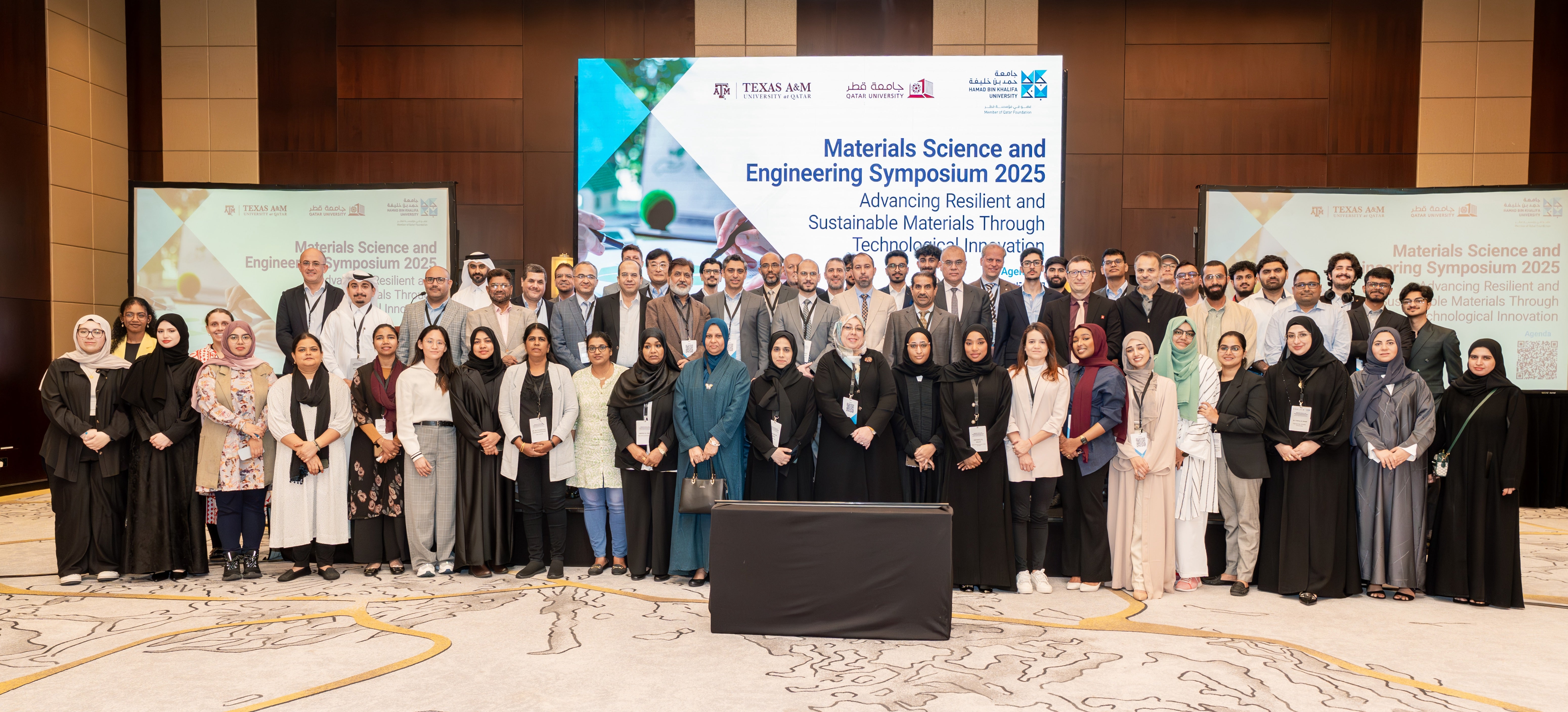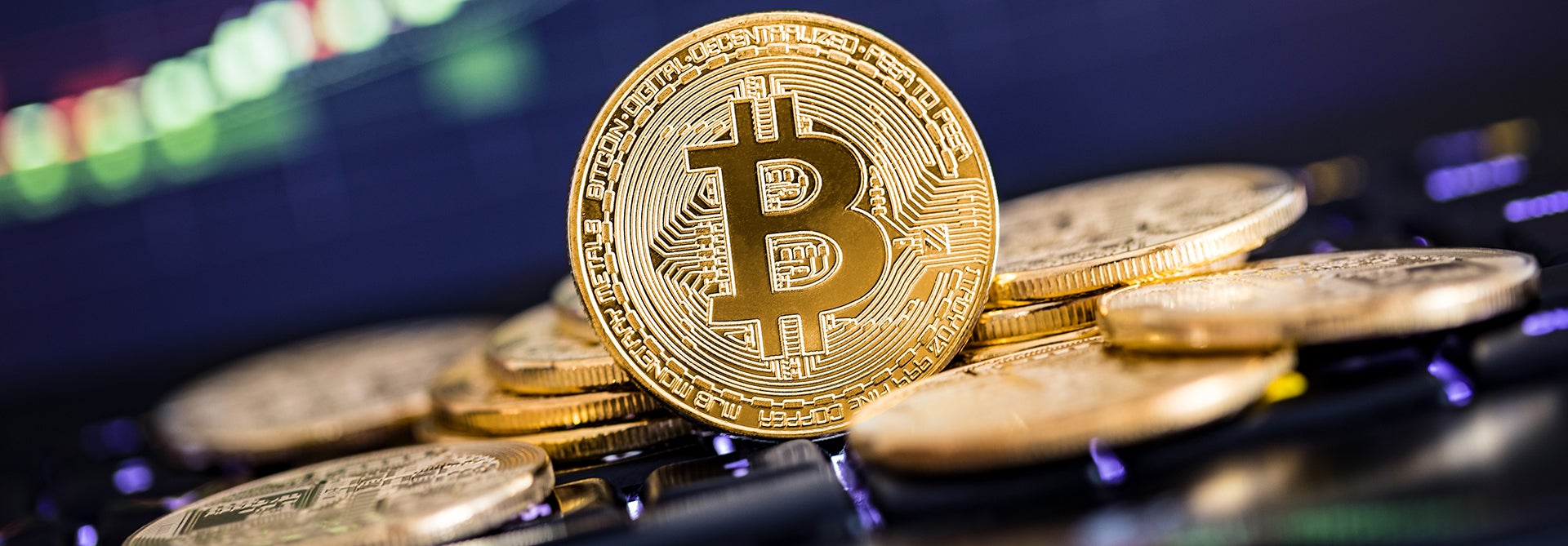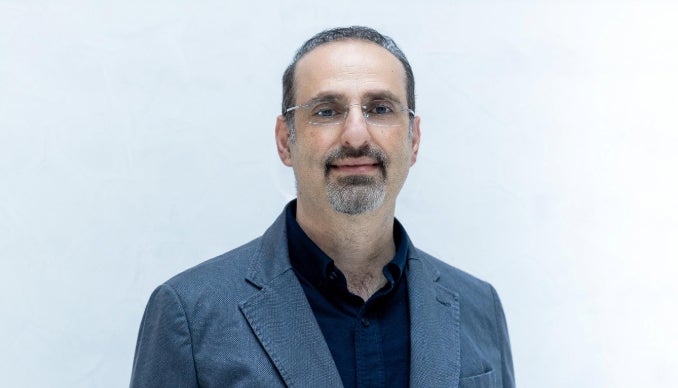By Dr. Roberto Di Pietro*

The COVID-19 pandemic is taking a dramatic toll in terms of human lives, reminding us of the fragility of the human species on this earth. It has also shown us the vulnerability of our economic systems.
Indeed, the current crisis is exacting a toll on the financial stability of our societies. In the USA alone there are more than 21 million unemployed people (13% of the workforce), while just before the current crisis (January 2020), the unemployment rate was at 3.5%. A similar trend is showing in other major economies, such as the Eurozone.
As of June 10, 2020, $1.91 trillion worth of Federal Reserve notes were in circulation. This amount still reflects the total number of dollars in circulation pre-pandemic. The COVID-19 stimulus package issued by the US government is intended to inject $2 trillion with a set of measures intended to help, among others, small businesses ($350 billion), households - with what is called ‘helicopter money’ or checks sent directly to their snail-mail inboxes, the health sector (mainly hospitals), and big corporations (think of Boeing Co., which is receiving $500 billion).
In addition to this, the Federal Reserve System has declared an intervention of up to $4 trillion to support the stock market. With these two measures combined, the economy will receive an injection of liquidity worth $6 trillion. To put in perspective the amount of money that has been promised, the 2008 financial crisis was eased with a package of measures totaling ‘just’ $800 billion.
When the amount of money to be injected into the economy surpasses the amount of money that is currently circulating (by three times), this spells one word very loudly: inflation.
Inflation stems from the fact that, the more of a given good, the less its value. Fiat currencies, that is currencies that have legal tender but are not backed up by any collateral except the credibility of the government issuing them - like the US dollar, the British Pound, and the Euro - are no exception to this fundamental law of economics, and that is why inflation is expected to soar in the coming months/years.
The dollar is inflationary
This is hardly news. Since the Bretton-Woods Agreement was discontinued in 1971, currencies are no longer tied to any safe store of value, such as gold has historically been. What is more, the world’s fiat currencies have shown an inflationary nature throughout history. This process is going to accelerate, given the amount of fiat currency that is going to be injected into economies to support people and business during the current pandemic. As a matter of fact, in addition to the $6 trillion cited above, more than 1 trillion euros is expected to be injected into the Eurozone, and possibly more.
Bitcoin is deflationary
A deflationary asset is an asset whose supply is below the inflation rate. Bitcoin is more than that. Indeed, the overall number of Bitcoins that can be made available is limited to 21 million by the Bitcoin protocol itself.
Moreover, out of that cap, a number of Bitcoins have been virtually destroyed already. That is, the Bitcoins that are in the blockchain but cannot be accessed for a number of reasons, such as the owners having lost the cryptographic key that is needed to move that money (the number of ‘lost’ Bitcoins is somewhere around 3 million).
This brings the theoretical supply of Bitcoin to around 18 million. The current generation rate of the missing Bitcoins is currently well below the inflationary rate set by the Federal Reserve, and the divide can only increase. Unlike fiat currency, no one can decide or force an increase in the amount of available Bitcoins. This explains why cryptocurrencies in general, and Bitcoin in particular, are raising interest from funds that are seeking to hedge against the risk of inflation.
Conclusion and the road ahead
The COVID-19 pandemic has struck a world that was mostly unprepared, and whatever the world will be like once the pandemic is over (and it will be), the world will be quite different from what it was before.
Workforces will be spending less time in the office and more will be working remotely. Social distancing will change customer behavior and expenditure habits. Companies that have embraced the digital revolution will thrive, while others will slowly die or become irrelevant.
Inflation will soar, pushing retail and institutional investors toward safe havens: gold for sure, but cryptocurrencies could soon become a competitor. Countries that are dependent on raw material exports, such as oil and gas, will renew their efforts to diversify their economies.
In this context, a safe bet is to invest in education, for both governments and private citizens. Only an educated workforce would be able to exploit the opportunities of a more and more digitalized economy; and only an educated workforce will be able to spur innovation and diversify the economy.
In this context, Qatar enjoys a head start, thanks to its huge investment in education over the last 20 years. In particular, at Hamad Bin Khalifa University - part of Qatar Foundation - we have been educating the future generations.
For instance, the MS in Cybersecurity offered by the College of Science and Engineering touches on the foundations of cryptocurrencies, while the PhD in Computer Science and Engineering prepares future high-level decision makers in the ICT domain - the leaders who will be driving the digitalization of the economy.
While the origin of the pandemic is uncertain, as much as its end, the way we react to it and plan the future is in our hands, and that will shape our own future and that of our nations.
* Dr. Roberto Di Pietro, ACM Distinguished Scientist, is a Professor in Cybersecurity at the College of Science and Engineering, part of Hamad Bin Khalifa University.
Related News

HBKU, TAMUQ and ACS Host Conference on Innovations in Chemistry and Chemical Engineering for a Sustainable Future

bNovate Technologies Partners with HBKU in Groundbreaking SMART-Distribution Project to Enhance Qatar’s Water Security

HBKU Co-Hosts the 14th Materials Science and Engineering Symposium (MSES-2025)

HBKU’s College of Science and Engineering Organizes First Industry and Government Advisory Board Meeting






